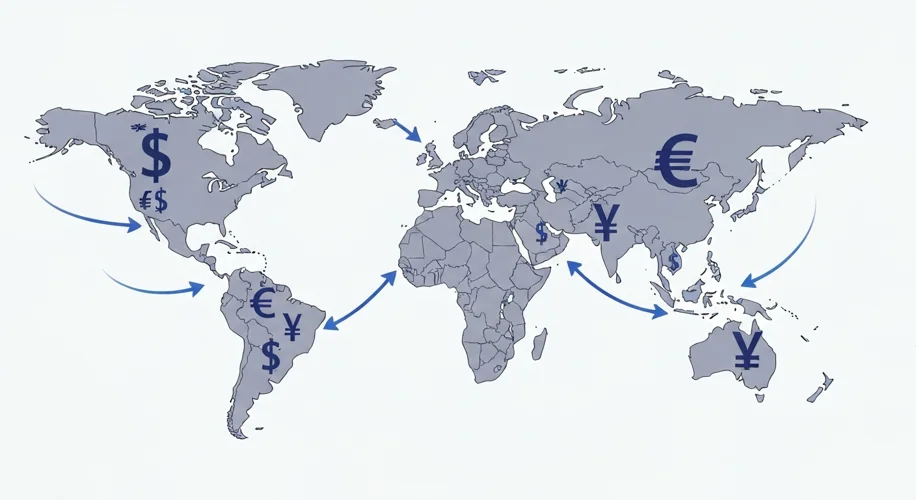It’s interesting to watch the global economic landscape evolve. For a long time, the U.S. dollar has been the kingpin of international trade and finance. But lately, we’re seeing some significant shifts, particularly with China actively seeking alternatives.
From my perspective, this isn’t just about currency. It’s tied into broader geopolitical and technological developments. As nations develop new technologies and integrate them into their economies, their financial leverage changes. We’re seeing countries explore different ways to conduct trade, moving beyond traditional systems.
Think about it: when a country like China, a major player in global manufacturing and trade, starts to diversify its financial relationships and reduce its reliance on the dollar, it sends ripples across the world. This can influence how countries interact with each other, how markets are structured, and where investment flows.
We’re seeing this play out in several ways. More bilateral trade agreements are being settled in local currencies, bypassing the dollar altogether. There’s also increased interest in digital currencies and alternative payment systems, which could fundamentally change how transactions happen on a global scale.
This isn’t happening overnight, of course. These are complex processes with many moving parts. But the trend is clear: the world is looking for more flexibility and perhaps more balance in the international financial system. It’s a fascinating time to observe these macro-economic adjustments, and understanding them gives us a better grasp of where global trade and international relations might be headed.

